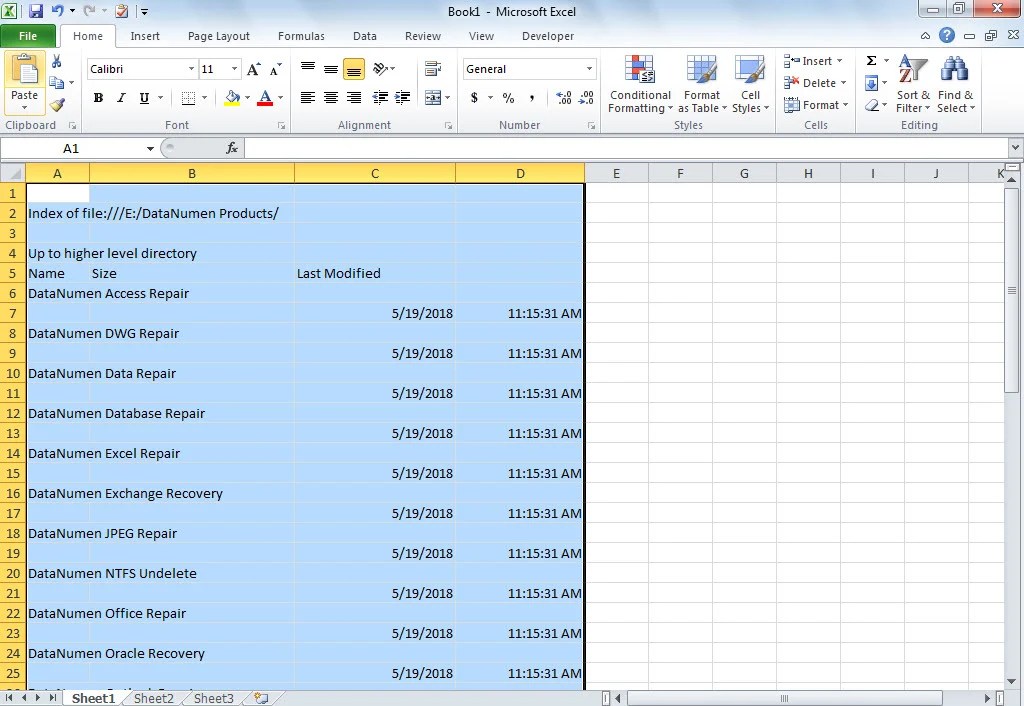Search Names in Excel Sheets: Easy Tips

Searching for specific names or data within Excel sheets can streamline your work, enhance productivity, and minimize manual searching efforts. Whether you're managing a large customer database, coordinating event guest lists, or simply trying to find a colleague's contact, knowing how to efficiently search through Excel's vast rows of data can be invaluable.
Finding Names with Basic Search

The simplest way to search for names in Excel involves using the built-in Find function:
- Press Ctrl+F to bring up the Find dialog box.
- Enter the name or keyword you want to find.
- Click Find Next to locate the first occurrence or Find All to see all instances.
💡 Note: This method is suitable for straightforward searches but might not highlight variations or similar names.

Advanced Search with Filters

For more nuanced searches, Excel’s Data Filters are incredibly useful:
- Select the header of the column containing names.
- Go to the Data tab and choose Filter.
- Click on the filter arrow for the name column and select Text Filters, then Contains or Equals to refine your search.
| Filter Type | Description |
|---|---|
| Contains | Finds all names with the keyword present. |
| Equals | Only finds exact matches to the entered text. |

📌 Note: Filters can also sort data, which can make it easier to locate names alphabetically.
Utilizing the VLOOKUP Function

The VLOOKUP function in Excel is crucial for more complex name searches, especially when merging or comparing data from different sheets:
VLOOKUP(lookup_value, table_array, col_index_num, [range_lookup])
- lookup_value: The name you’re looking for.
- table_array: The range of cells that contains the data.
- col_index_num: The column number in the table from which to retrieve the value.
- range_lookup: TRUE for an approximate match or FALSE for an exact match.
🔧 Note: VLOOKUP searches the first column in the specified table array. Ensure your data is formatted appropriately for VLOOKUP to work correctly.
Using Conditional Formatting for Visual Search

If you need to visually identify names or data patterns:
- Select the data range containing the names.
- Go to Home > Conditional Formatting > Highlight Cells Rules > Text that Contains.
- Enter the name or text you want to highlight and choose a formatting style.
👀 Note: This method is excellent for quick visual identification, especially when dealing with large datasets.
Incorporating Power Query

For advanced users, Excel’s Power Query can transform and search data from various sources:
- Go to the Data tab, choose Get Data, and select your data source.
- Use the Transform tab in Power Query Editor to filter names based on conditions or text.
🚀 Note: Power Query excels at handling complex data transformations, making it invaluable for bulk name searches or merging datasets.
Each of these search techniques in Excel has its strengths, tailored for different scenarios and user skill levels. From the simplicity of basic search to the powerful capabilities of Power Query, Excel offers multiple ways to locate, highlight, and manage names and related data. By mastering these tools, you can significantly enhance your data management efficiency, reducing time spent on manual searches and errors associated with manual data entry or lookup. Implementing these search methods not only boosts productivity but also ensures accuracy and enhances the overall user experience with Excel, whether you are managing personal data or operating within a professional environment.
Can Excel search for partial names?

+
Yes, Excel can search for partial names using the Find feature or Filters with conditions like “Contains” or even with wildcards in formulas.
What if I have duplicates?

+
Excel’s Find function can show all occurrences, but to handle duplicates systematically, use conditional formatting or data validation rules to highlight or prevent duplicate entries.
Is there a way to automate searches?

+
Absolutely. VBA macros or Excel functions like VLOOKUP or even Power Query can automate name searches based on predefined criteria or user inputs.
How do I search for variations of a name?

+
Use wildcards in your search (e.g., * for any number of characters) or create custom conditional formatting rules to account for variations.